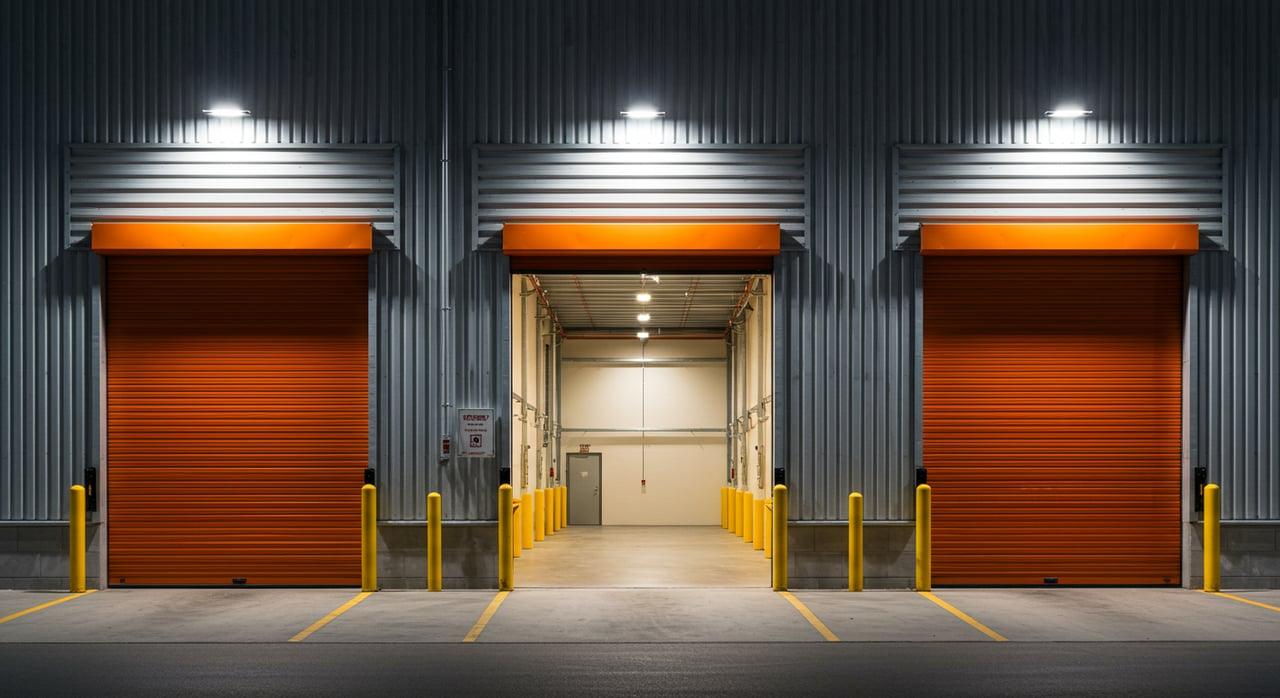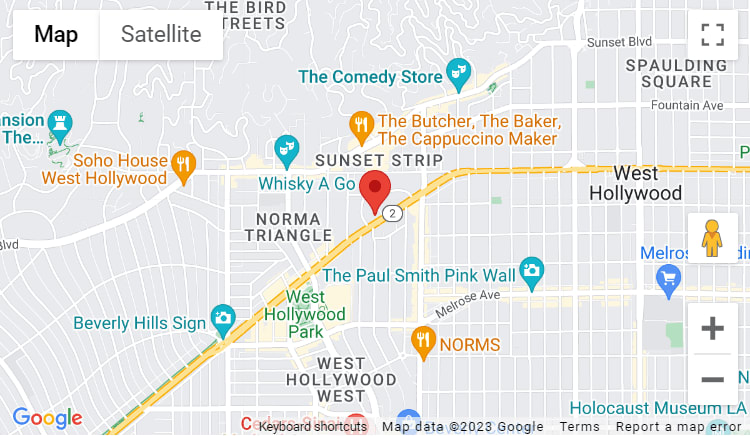More than 10% of US households rent storage spaces that’s more than 30 MILLION units, or a 7x7 unit for every man, woman and child in America*. Some store infrequently-used items such as winter gear; others rent space for furniture, cars, and boxes of “extra stuff” they just can’t bear to part with.
What to consider when choosing storage:
1. What and why are you storing?
A storage unit can hold what you take out of the house to facilitate staging. But remember: don’t use storage as an excuse for keeping stuff you don’t really want or need. If it’s not staying in the house for staging, decide whether it will go into the new home or not. If not, sell or donate it. Don’t waste money storing something you won’t use.
2. How long are you going to pay for storage?
Whether it’s two months, six months, or when you close on your new home, set a clear timeframe for storing. Mark it on your calendar.
3. Will you need to get at your stuff while it’s in storage?
If the answer is yes, choose a self-storage facility near you. If the answer is no, you have more options. Choose one that’s farther away but cheaper.
4. Does this place look as good in person as it does online?
Before committing to a particular facility, go there in person and check it out. Look for general cleanliness and observe their security measures. Find out how easy it is to get in and out.
5. How much space?
Measure your bulky items, use boxes, and play a few rounds of Tetris to help you squeeze in as much stuff as possible. Remember, you’re not just paying for floor space: break down tables and bookshelves, store your sofa upright, and stack those boxes.
6. And how much money?
Don’t forget that you’re paying money so someone will keep your stuff for you. Don’t pay any more than you need to. Read your contract closely for any fine print, ask how fee hikes are implemented, and check on the cost of insurance. Sometimes your homeowner’s policy covers items in storage, sometimes not.
7. How do you want to store your stuff?
There are two main options for storage these days. Some companies bring your unit to you—ever seen a white and red Pod in front of someone’s home? Fill it up, then either keep it or send it away until you need it again. Choose this approach if you won’t need those items until you’re resettled. If this doesn’t work for you, choose drop-off storage. This is the more traditional approach, where you bring items directly to your unit. You’ll have to consider how to get your items there: hire movers, rent or borrow a truck, or do several smaller trips in your own car.
We’ve helped hundreds of people manage their items when moving… contact us and we’ll help you think it through.
*From becomingminimalist.com

